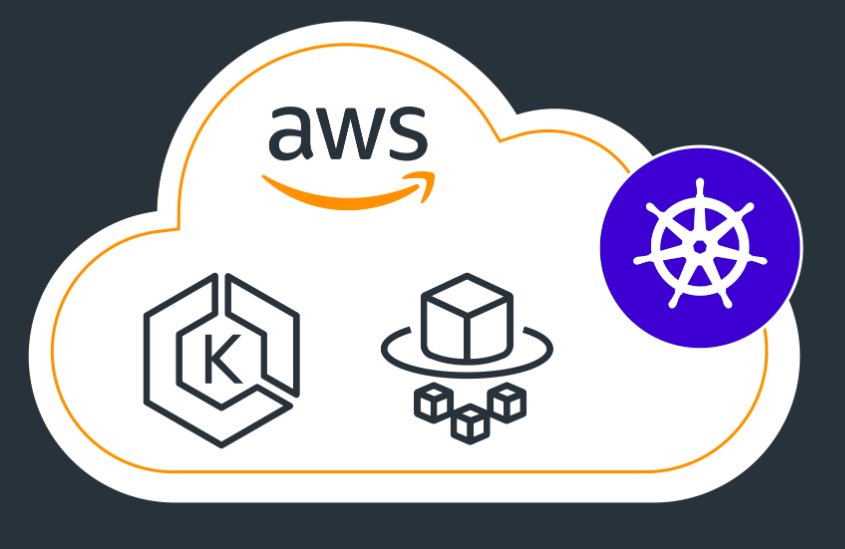kubeadm:
Kubeadm is a command-line tool designed to simplify the process of setting up and managing a Kubernetes cluster. It is primarily used for bootstrapping a new cluster, initializing control plane nodes, and joining worker nodes to the cluster. Kubeadm automates many of the manual tasks involved in setting up a Kubernetes cluster, making it easier for administrators to deploy and manage Kubernetes environments.
Example:
Suppose you want to create a new Kubernetes cluster with three control plane nodes using kubeadm. You can run the following commands on each node to initialize the cluster:
| # Install kubeadm (if not already installed) sudo apt-get update && sudo apt-get install -y kubeadm # Initialize the cluster on the first control plane node sudo kubeadm init –control-plane-endpoint=<API_server_endpoint> # Join additional control plane nodes to the cluster (if needed) sudo kubeadm join <API_server_endpoint> –token <token> –control-plane –certificate-key <certificate-key> # Join worker nodes to the cluster sudo kubeadm join <API_server_endpoint> –token <token> –discovery-token-ca-cert-hash <hash> |
Kubelet:
Kubelet is an essential component of a Kubernetes cluster that runs on each node. It is responsible for managing the state of the node, including starting, stopping, and maintaining containerized applications organized in pods. Kubelet ensures that containers are running in the desired state as specified by the Kubernetes API server.
Example:
Suppose you have a Kubernetes cluster with multiple nodes, and you want to deploy a new pod running an NGINX web server. You can create a YAML manifest file defining the pod’s specifications and use kubectl to apply it to the cluster:
| # nginx-pod.yaml apiVersion: v1 kind: Pod metadata: name: nginx-pod spec: containers: – name: nginx image: nginx:latest |
# Apply the pod manifest using kubectl
| kubectl apply -f nginx-pod.yaml |
kubectl:
Kubectl is the command-line interface used to interact with a Kubernetes cluster. It provides a unified interface for managing cluster resources, deploying applications, inspecting cluster state, and performing administrative tasks. Kubectl communicates with the Kubernetes API server to execute commands and retrieve information about the cluster.
Example:
Suppose you want to list all pods running in a Kubernetes namespace named “default.” You can use kubectl to execute the following command:
| kubectl get pods |
Control Plane in Kubernetes:
The control plane, also known as the Kubernetes control plane or master components, refers to a set of key components that collectively manage the state of the Kubernetes cluster. These components make global decisions about the cluster’s operation, detect and respond to cluster events, and ensure that the cluster’s desired state is maintained.
Components of the Control Plane:
- API Server: Acts as the frontend for the Kubernetes control plane, exposing the Kubernetes API and serving as the primary interface for interacting with the cluster.
- Scheduler: Responsible for scheduling newly created pods onto nodes in the cluster based on resource availability and other constraints.
- Controller Manager: Runs controller processes that regulate the state of the cluster, such as replication controllers, endpoints controllers, and namespace controllers.
- etcd: A distributed key-value store used to store the cluster’s configuration data and state. Etcd serves as the source of truth for the cluster and ensures consistency and reliability.
Example:
Suppose you want to deploy a new application to your Kubernetes cluster. You can use kubectl to create a deployment object, which will be submitted to the API server. The scheduler will then schedule the deployment to one or more nodes based on resource availability, and the controller manager will ensure that the desired number of pods are running and healthy.
| kubectl create deployment nginx –image=nginx |
In summary, the control plane components work together to provide centralized management and control of the Kubernetes cluster, ensuring that the cluster operates smoothly and efficiently.

